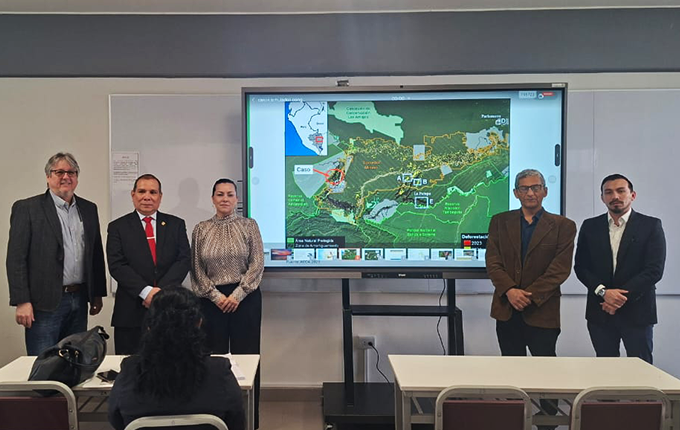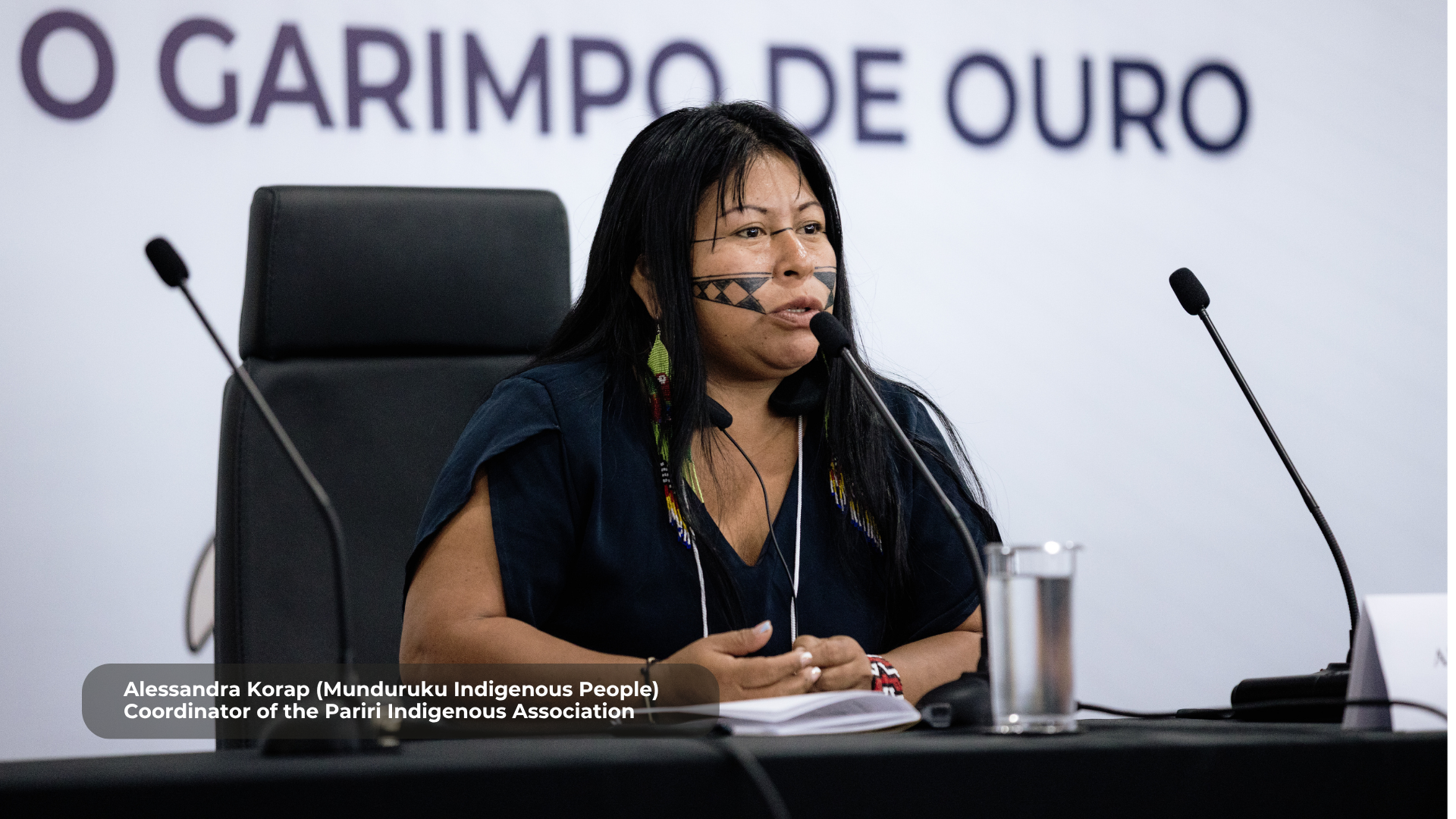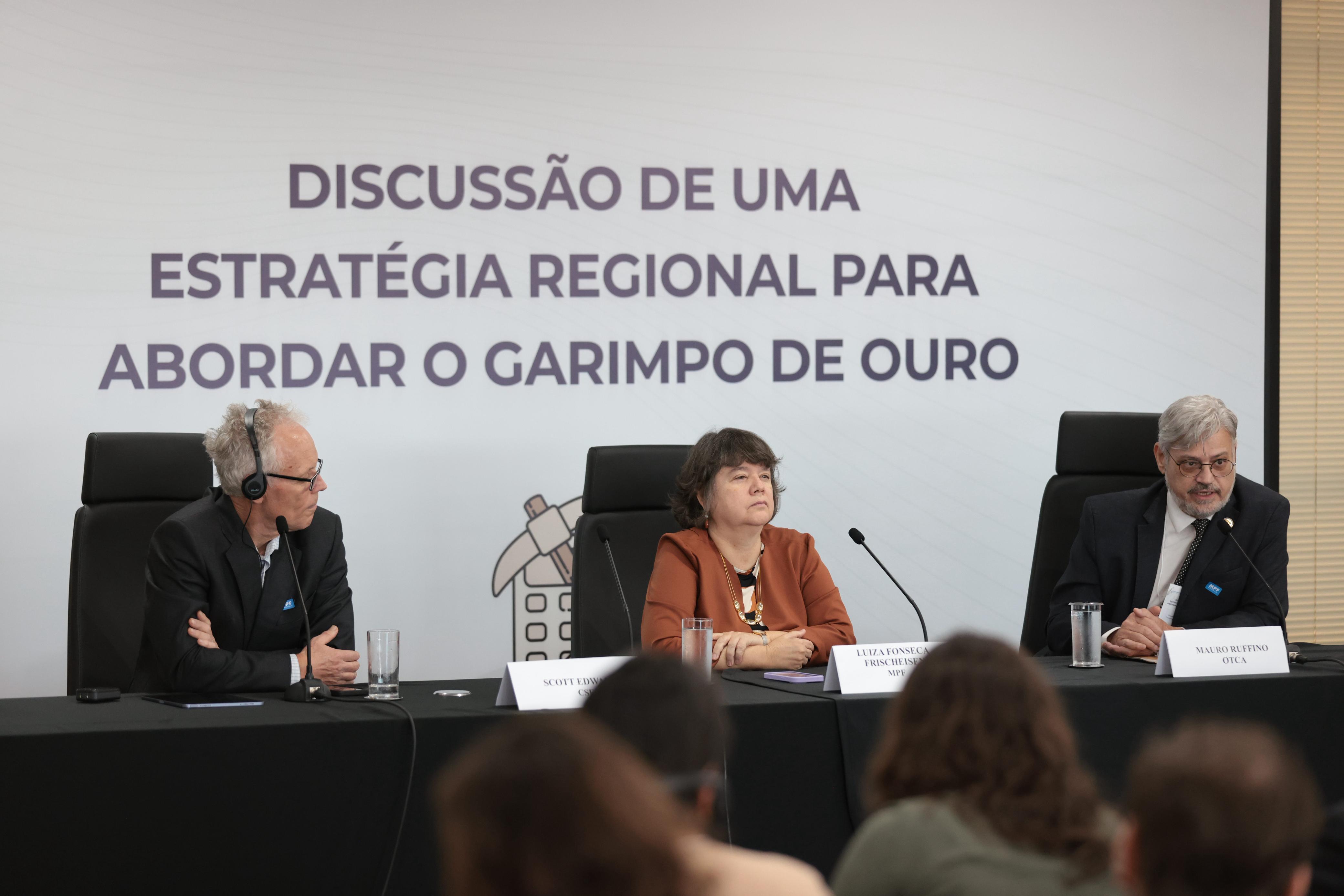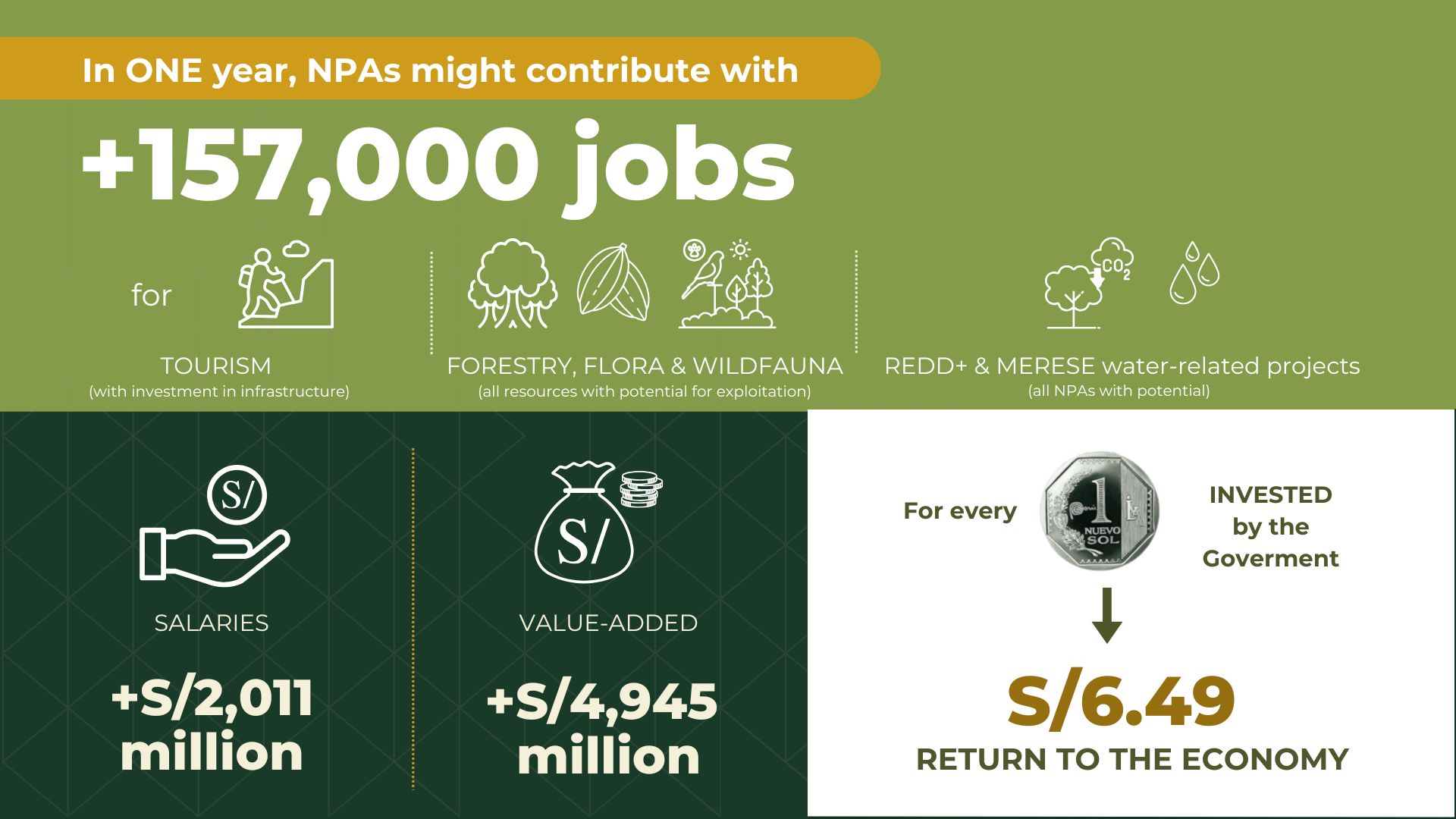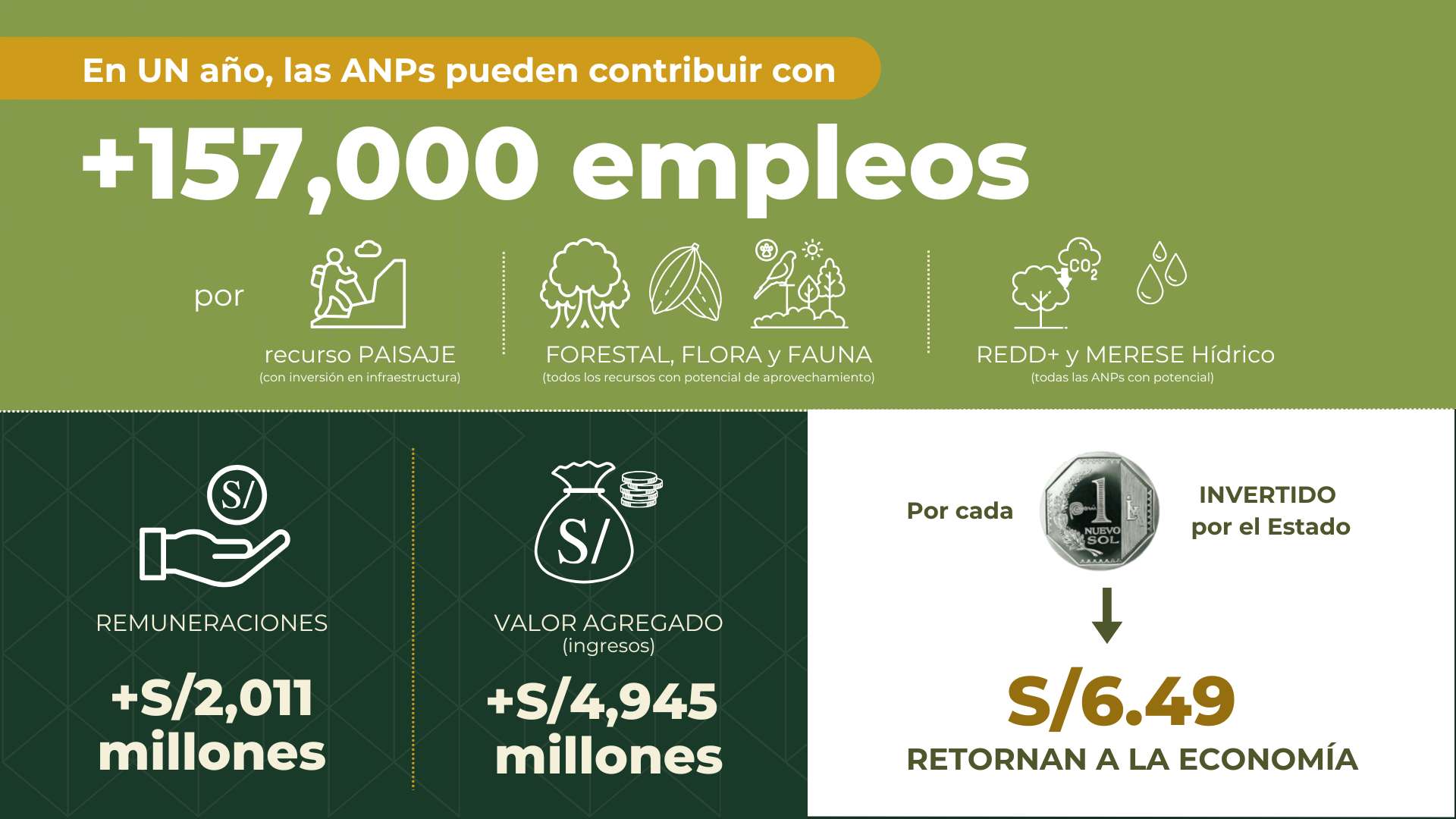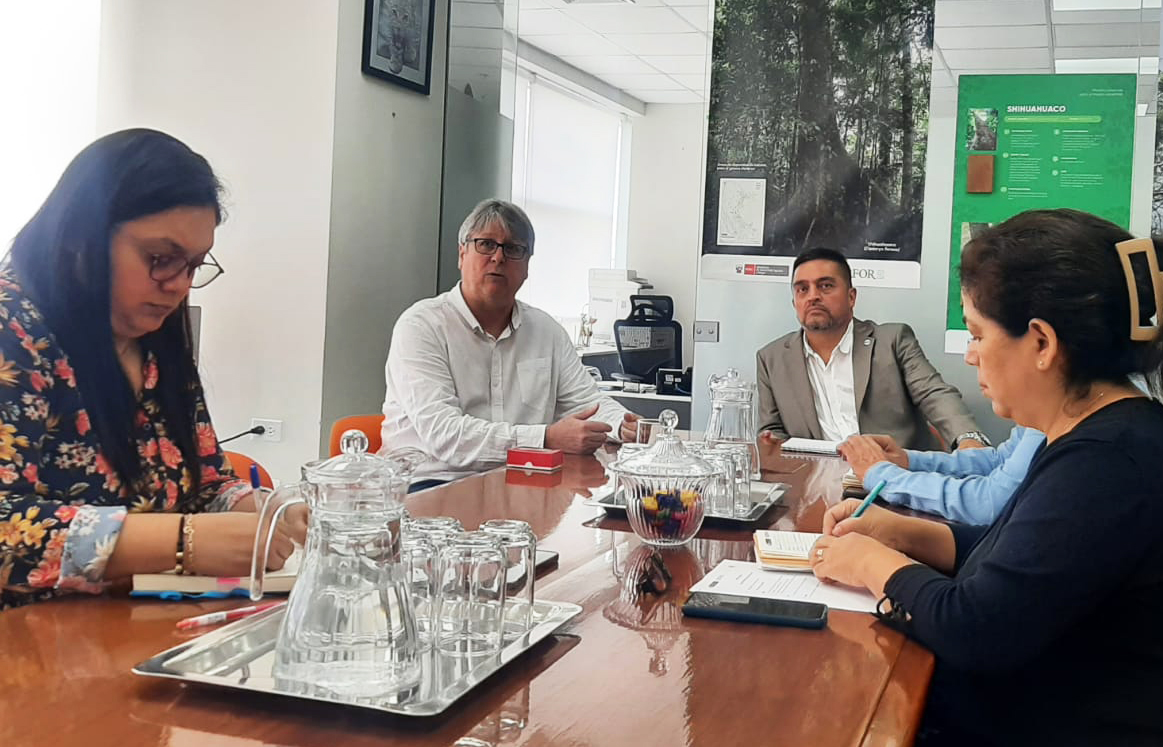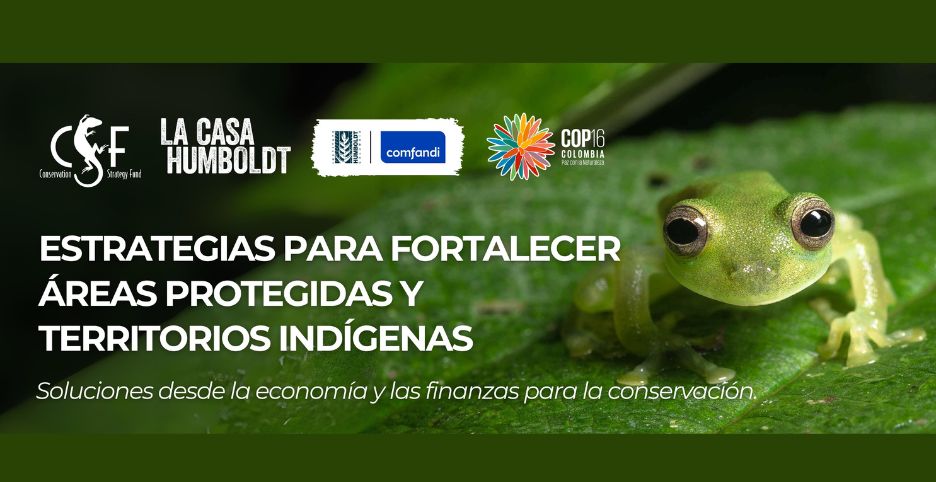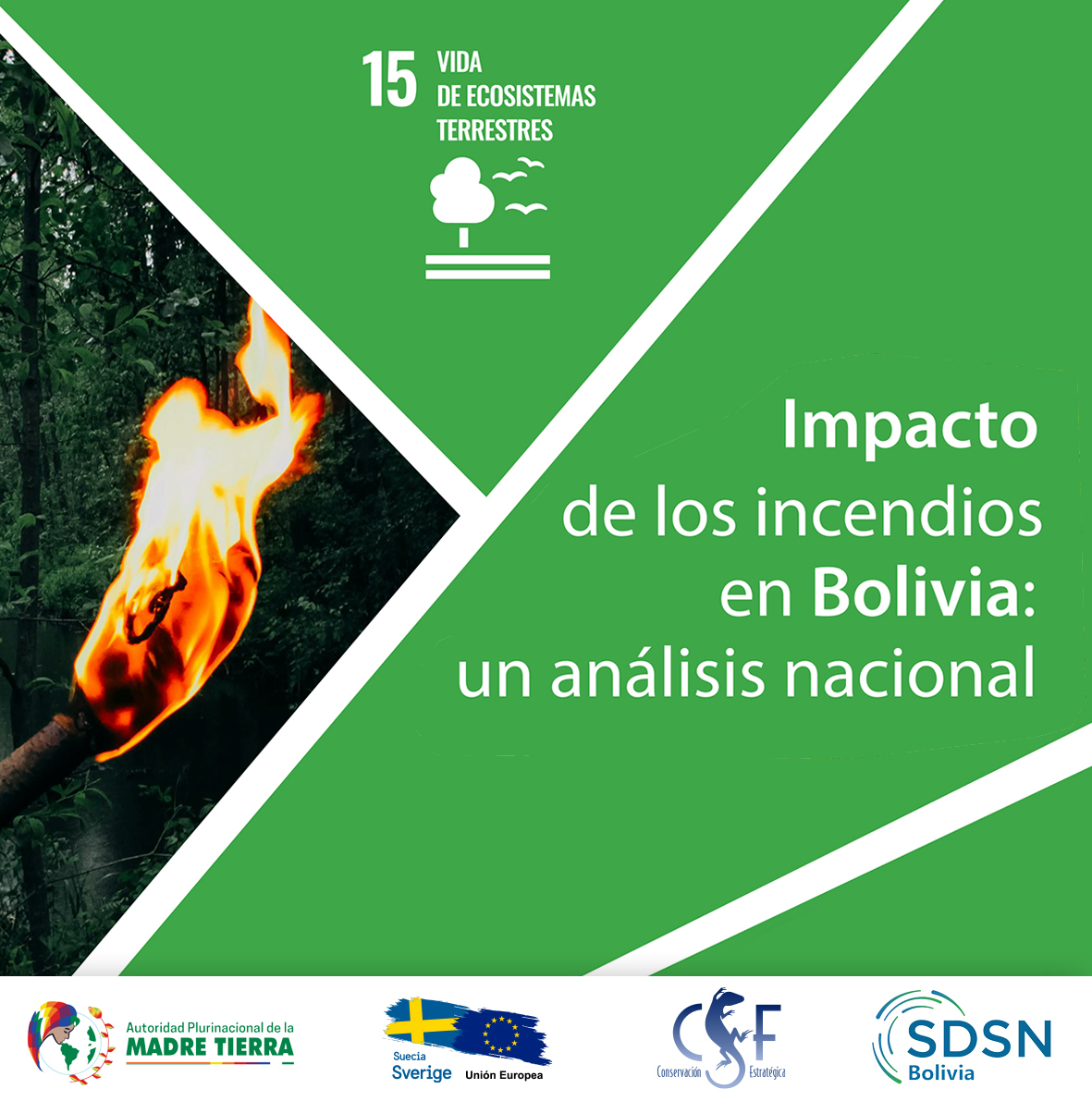News
Within the framework of the VII International Congress on Environmental Justice, organized by the National Commission on Environmental Justice of the Judiciary (CNGA), the workshop "Illegal Mining and the Quantification of Environmental Damage" was held. This is a joint initiative of the Foundation for Conservation and Sustainable Development (FCDS), the Conservation Strategy Fund (CSF), and the State Attorney General's Office (PGE).
Leaders from seven Amazonian countries gathered in Brasília for a regional workshop hosted by Conservation Strategy Fund to address the environmental, social, and legal impacts of mercury-based gold mining. The event highlighted the urgent need for cross-border cooperation and tools like the Mining Impacts Calculator to guide enforcement, protect ecosystems, and strengthen environmental governance across the Amazon.
Ante los crecientes desafíos sociales, ambientales y económicos relacionados con la minería de oro y el uso de mercurio en la región amazónica, funcionarios de Gobierno, cooperación internacional y otros actores, se dieron cita en el taller “Discusión de una Estrategia Regional para Abordar la Minería de Oro”, desarrollado el pasado 18 de junio en Brasilia, Brasil.
A recent study from Conservation Strategy Fund (CSF) demonstrates the positive impact of NPAs on the Peruvian economy, and highlights how an investment in these services could mean a return of nearly 900% in economic value to Peru. This economic analysis indicates that strategic investments in these spaces will conserve natural heritage, and also generate employment and economic growth.
The natural protected areas (NPAs) are home to much of Peru's megadiversity. Ensuring their sustainability and efficient management is not only essential for the conservation of the country's flora and fauna but also represents a key opportunity for economic development and the well-being of local communities. The Conservation Strategy Fund (CSF) study reinforces this idea, highlighting the potential positive impact of NPAs on the Peruvian economy. Its findings indicate that investment in these strategic spaces, in addition to conserving natural heritage, also generates employment and economic growth.
CSF Peru visited the facilities of the National Forest and Wildlife Service (SERFOR) to discuss the potential of building a common agenda where CSF's experience contributes with information that values the forest and wildlife heritage, estimates the cost of the loss of ecosystem services and its socio-environmental impact on the country. The meeting was attended by the Executive Director of SERFOR, Erasmo Otárola, officials of the entity and Augusto Mulanovich Diez-Canseco, director of CSF Peru.
#Numbers4Biodiversity
Alfonso Malky, Director for Latin America, CSF.
At COP16 in Cali, Colombia, Conservation Strategy Fund and the Humboldt Institute joined forces to present innovative financial instruments that promote, in a sustainable manner, the conservation of nature and strengthen the fundamental role of indigenous peoples in the protection of the region's ecosystems. The green zone of the COP in Colombia was the space where Alfonso Malky, Director for Latin America, and Pedro Gasparinetti, Director of Innovation, presented CSF's proposals for the sustainability of sensitive ecosystems and the indigenous communities that inhabit them.
CSF was present at the “Workshop to present the proposed indicators in the forestry sector to measure progress in Bolivia's NDC”.
Last Friday, July 12, in the city of La Paz, the Autoridad Plurinacional de la Madre Tierra (APMT) organized the workshop on the Presentation of Proposed Indicators in the Forestry Sector to Measure Progress in Bolivia's Nationally Determined Contribution (NDC).
Bolivia ha experimentado un desafío angustiante en los últimos años: los incendios forestales. Estos eventos devastadores no solo dejan cicatrices en el paisaje, sino también en la vida de las personas y en la rica biodiversidad del país. En este análisis, exploraremos a fondo el impacto de los incendios en Bolivia a nivel nacional. Destacaremos las diversas facetas de este problema, que incluye la pérdida de bosques y biodiversidad, las consecuencias ambientales y económicas.

